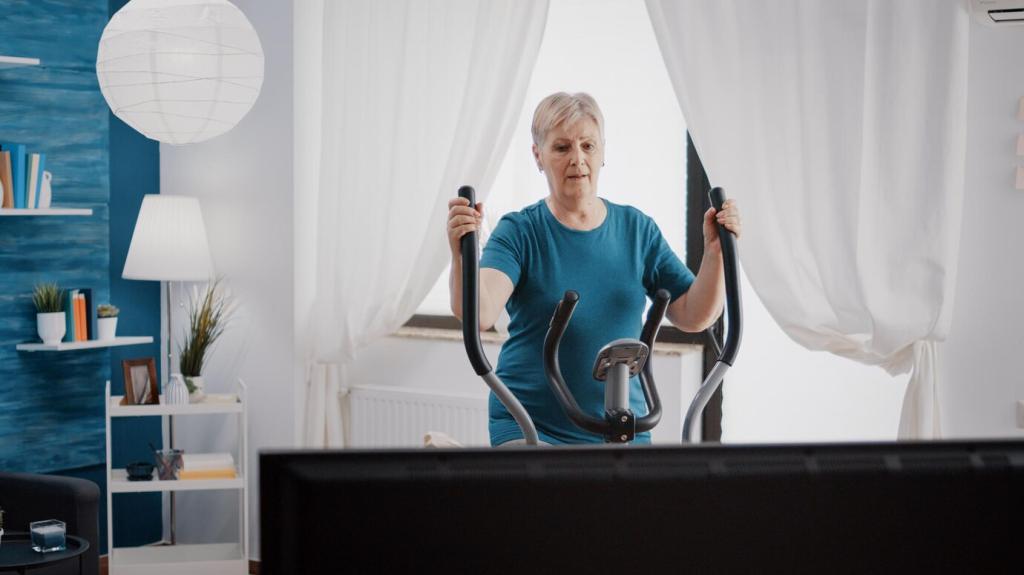Furniture Arrangement for Minimal Wear and Tear
Today’s theme: Furniture Arrangement for Minimal Wear and Tear. Welcome! Discover practical, beautiful ways to place and rotate your pieces so fabrics fade slower, floors scuff less, and comfort lasts longer. Share your room challenges and subscribe for fresh, room-tested layouts each week.

Flow First: Mapping Traffic to Prevent Premature Wear
Spend a day watching how everyone enters, turns, and sits. Lay painter’s tape where shoes repeatedly pass and note pet shortcuts. Arrange major pieces outside these lines to keep fibers, finishes, and seams from bearing the brunt. Comment with your tape map for tips.

Load Distribution: Supporting Furniture and Floors
Wide feet, happy floors
Narrow legs concentrate pressure and bruise wood or dent carpet. Add discreet furniture cups or wider glides to spread load and stop sinking. On rugs, place coasters beneath legs to prevent tunneling. Share a photo of your leg style, and we’ll match ideal supports.

Room-by-Room Layouts that Minimize Wear
Living room: islands, not obstacles
Float the sofa with at least two wide lanes around it so people don’t cut across ottomans or edge seams. Rotate cushion positions monthly to distribute compression. Keep a hard-surface landing spot near each seat to prevent tray scrapes on soft upholstery. Show us your walkway photos.
Bedroom: glide by, don’t graze
Place the bed so daily routes to closets and bathrooms avoid brushing past sharp corners. Use rounded nightstands or protectors to spare bedding and shins. A runner beside the bed captures grit before it reaches the duvet. Subscribe for our printable bed-wall spacing guide.
Home office: swivel without scraping
Center the chair on a mat suited to your floor so casters roll cleanly without grinding dust into finish. Keep printer tables and drawers outside swivel radius to prevent repeated bumps. Route cables along baseboards to remove snag points. Comment with your chair type for mat advice.
Protective Interfaces: Pads, Rugs, and Sliders that Work
Quality felt pads reduce friction, but dust can turn them abrasive. Clean feet and replace pads every few months. Choose high-density felt and cut to the leg outline for full coverage. Share your floor finish, and we’ll recommend pad thickness and cleaning cadence.
Protective Interfaces: Pads, Rugs, and Sliders that Work
Use a breathable, non-slip pad sized one inch smaller than the rug to prevent curling and slippage. This reduces tugging at edges and extends both rug and floor life. For radiant heat, pick heat-rated materials. Post your rug type for a compatible pad shortlist.


Seasonal Adjustments and Micro-Maintenance
Rotate seat cushions, flip reversible rugs, and swap high-traffic chair positions every three months. This equalizes compression, fade, and fabric pilling. Set a recurring reminder and celebrate with a photo—share your rotation map to inspire others.
Stories from Real Homes: Little Tweaks, Big Lifespan
A reader shifted her oak table six inches off the HVAC vent and added wide cups under its tapered legs. Wobble vanished, finish scratches stopped, and Sunday dinners felt calmer. Try a similar micro-move and tell us what changed for you.
A renter traced scuff arcs near the sofa, then added a low-profile runner along the natural path. Traffic followed the runner, fibers stopped matting, and move-out fees evaporated. Post your rental layout for runner placement ideas that pass inspections.
Two energetic pups carved a corner of a shag rug. Their owner rotated the seating cluster to create a clear sprint lane beside, not through, the fibers. Fray stopped, play continued. Share your pet patterns, and we’ll help carve durable lanes.
